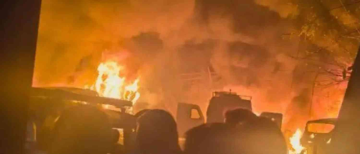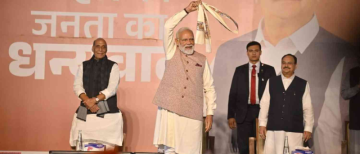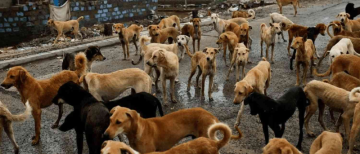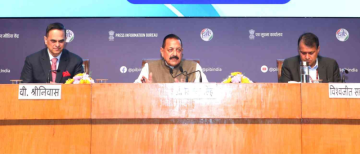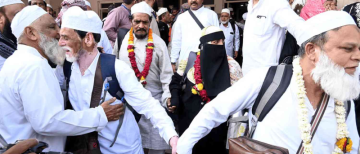In a devastating development that has shaken Jammu and Kashmir’s security establishment, an accidental explosion ripped through the Nowgam Police Station on the outskirts of Srinagar late Friday night, killing nine people and injuring 32 others. The blast occurred while police personnel, forensic experts, and civil officials were examining a massive cache of highly volatile explosive material—seized only days earlier from Faridabad as part of a rapidly expanding “white-collar” terror module linked to multiple states and the deadly Red Fort car explosion in Delhi.
The incident, described by authorities as an unfortunate accident resulting from the unstable nature of the seized materials, has raised urgent questions about the scale of the terror network, the sophistication of its operatives—including radicalised doctors—and the immense risk the seized chemicals posed.
But beyond the immediate tragedy, the explosion is intricately tied to a wider and more disturbing revelation: an interstate terror module operated by highly educated professionals, radicalised clerics, and foreign handlers, working quietly across Kashmir, Haryana, and Uttar Pradesh.
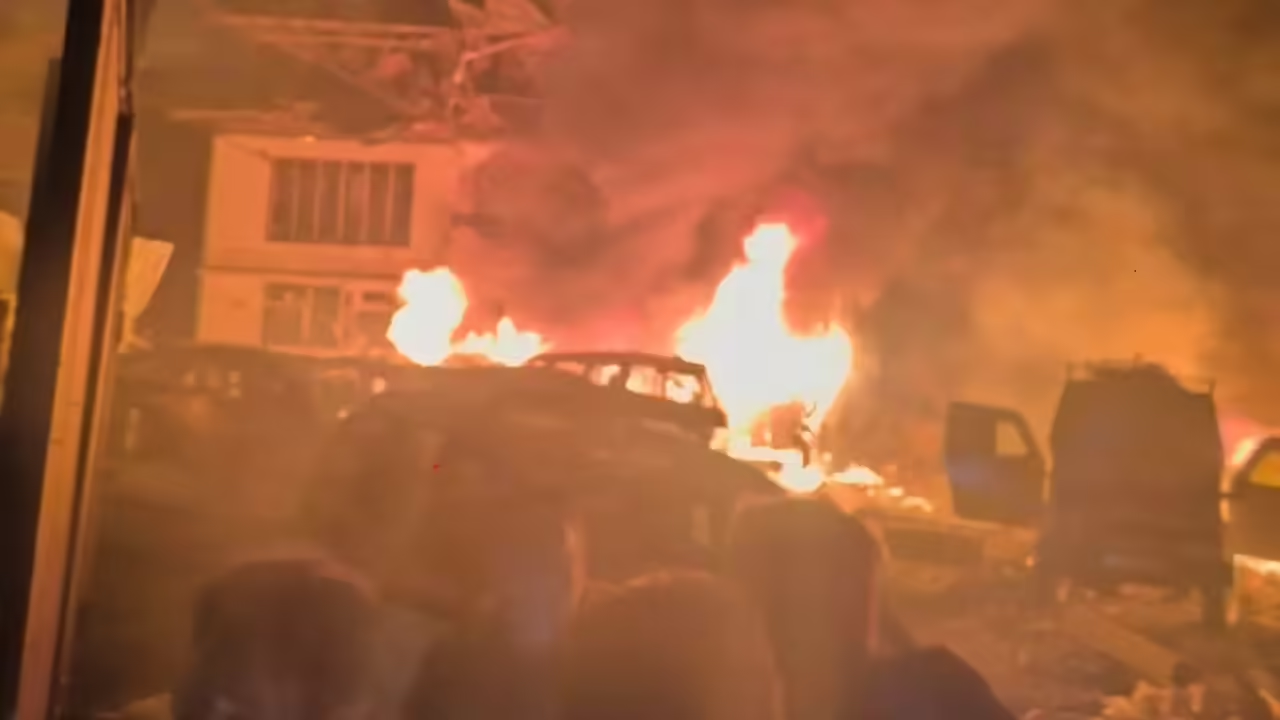
Inside the Deadly Blast at Nowgam Police Station
The explosion took place around 11:20 PM, when a forensic team was extracting samples from the seized materials—an essential step before sending them for chemical and forensic analysis.
Who Were the Victims?
Director General of Police (DGP) Nalin Prabhat confirmed that the deceased included:
-
1 State Investigation Agency (SIA) official
-
3 Forensic Science Laboratory (FSL) officials
-
2 crime wing officials
-
2 revenue officials attached to a magistrate’s team
-
1 tailor associated with the investigation team
Of the 32 injured, the breakdown is:
-
27 police personnel
-
2 revenue officials
-
3 civilians
They were immediately rushed to the Indian Army’s 92 Base Hospital and Sher-i-Kashmir Institute of Medical Sciences (SKIMS), where several are reported to be critical.
Why the Explosion Happened: The Volatile Nature of the Seized Material
The explosives—360 kg of ammonium nitrate, potassium nitrate, sulphur, and other reagents—were part of an enormous 2,900–3,000 kg stockpile recovered just days earlier during raids in Faridabad and other locations linked to the terror module.
According to Joint Secretary (MHA) Prashant Lokhande, these materials were:
-
Stored in an open and secure area within the police station
-
Being processed as per standard forensic protocol
-
Handled by experts due to their unstable and sensitive composition
Lokhande stressed that the procedure had been extremely cautious because even minor friction can trigger an explosion in such mixtures.
Despite the precautions, a sudden accidental detonation occurred, followed by a series of smaller secondary blasts—caused by additional chemicals reacting. These consecutive explosions initially slowed down rescue operations and severely damaged the police station building as well as nearby structures.
Authorities have reiterated that:
“Any speculation beyond the stated cause is unnecessary. The matter is under investigation.”
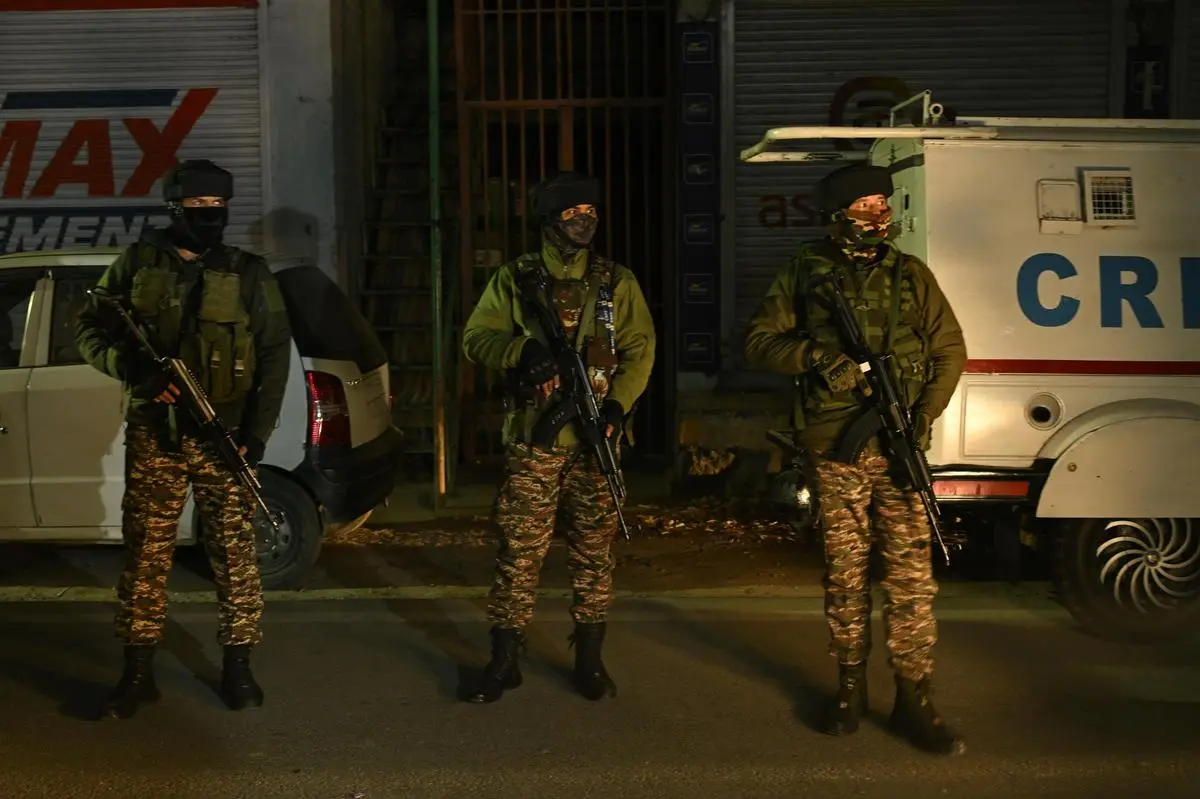
How Terror Posters in October Led to This Moment
The story traces back to mid-October, when posters linked to the Jaish-e-Mohammed (JeM) surfaced on walls in Bunpora, Nowgam, warning of major attacks on security forces and “outsiders” in Kashmir.
First Arrests from CCTV Analysis
Srinagar Police scanned CCTV footage frame-by-frame, identifying:
-
Arif Nisar Dar (alias Sahil)
-
Yasir-ul-Ashraf
-
Maqsood Ahmad Dar (alias Shahid)
All three had previous stone-pelting records and were seen pasting the threatening posters. Their interrogation opened an unexpected door into a far more sophisticated terror ecosystem than previously imagined.
The Rise of a ‘White-Collar’ Terror Module
The investigation took a dramatic turn when the arrested trio revealed the involvement of a radicalising cleric, Maulvi Irfan Ahmad, a former paramedic-turned-Imam. Several highly qualified doctors are connected to Al Falah University in Faridabad and other medical institutions.
This network, according to J&K Police, was:
-
Radicalised
-
Highly educated
-
Linked to foreign handlers in Pakistan and other countries
-
Tasked with logistic support, fundraising, procurement of chemicals, and executing attacks
Arrest of Doctors and Recovery of Explosive Material
Doctor 1: Arif Ahmad Rather
Seen on CCTV putting up JeM posters in October. He was arrested on October 27, and an assault rifle was recovered from his locker at the Government Medical College (GMC) in Anantnag.
Doctor 2: Muzammil Shakeel / Ganaie (Faridabad)
A key name surfaced during Rather’s interrogation. A raid at locations linked to Dr. Shakeel resulted in:
-
The unprecedented recovery of nearly 3,000 kg of ammonium nitrate, potassium nitrate, sulphur, and bomb-making components
-
The seizure of electronic circuits, batteries, timers, remote controls, and metal sheets
Dr. Shakeel’s arrest triggered a chain reaction, revealing more operatives.
Doctor 3: Shaheen Saeed
Also associated with Al Falah Medical College. Arrested shortly after Dr. Shakeel.
Doctor 4: Umar Nabi
The most alarming discovery came the very next day—a doctor named Umar Nabi emerged as the driver of the Hyundai i20 involved in the deadly Red Fort car blast in Delhi.
Investigators believe panic—following the crackdown and explosive seizures—led Umar to attempt fleeing with the partially assembled IED.
Experts say the improvised explosive device (IED) appeared:
-
Improperly assembled
-
Not set for maximum intended damage
-
Likely detonated by accident during panic-driven movement
The blast near the Red Fort on November 10 killed 13 people, injured more than 20, and damaged multiple vehicles.
#WATCH | Blast near Nowgam Police Station in J&K last night | Srinagar | J&K DGP Nalin Prabhat says, "During the investigation in FIR 162 of 2025 of PS Nowgam, a huge quantity of explosive substances, chemicals and regents were also recovered from Faridabad on 9th and 10th of… pic.twitter.com/Xs55Nve64t— ANI (@ANI) November 15, 2025
The Core Trio Behind the Terror Network
Investigators say the module’s primary handlers were:
-
Dr. Muzammil Ganaie (arrested)
-
Dr. Umar Nabi (Red Fort blast driver, currently absconding)
-
Dr. Muzzaffar Rather (absconding)
A fourth member, Dr. Adeel Rather, brother of Muzzaffar, is being investigated after an AK-56 rifle was recovered from him.
This unusual presence of medical professionals in a terror module has stunned investigators, who describe the group as:
“A white-collar terror ecosystem involving radicalised professionals and students working under the guidance of foreign handlers.”
The Faridabad Connection: 3,000 kg of Seized Chemicals
The materials recovered from Faridabad were staggering in both quantity and potency:
-
~3,000 kg of explosive substances and reagents
-
Ammonium nitrate
-
Potassium nitrate
-
Sulphur
-
Phosphorus
-
Electronic components
-
Timers and remote triggering devices
-
Circuit boards
-
Metal sheets
-
Inflammable materials
This was arguably one of the largest chemical seizures linked to a terror module in recent years.
These materials were transported to Nowgam as part of:
-
FIR 162 of 2025
-
The primary case investigating the interstate terror module
The sampling process was in progress over two days due to the sheer volume—until the tragic explosion struck.
A Blast That Shook Srinagar—and Beyond
People across the Srinagar outskirts reported hearing the blast up to 30 km away.
Police personnel and vehicles near the station were engulfed in flames, while shockwaves shattered windows in the neighbourhood. The façade of the Nowgam Police Station—central to cracking this complex terror web—was severely damaged.
Authorities quickly sealed off the area, halted civilian movement, and cordoned the vicinity with teams from:
-
SIA
-
J&K Police
-
Forensic experts
-
Later, the National Investigation Agency (NIA), which took over the probe
Officials React: Condolences and Appeals Against Speculation
Ladakh Lieutenant Governor Kavinder Gupta expressed grief, stating:
“Deeply anguished by the tragic explosion at Nowgam Police Station. My heartfelt condolences to the families of those who lost their lives, and prayers for the swift recovery of the injured.”
Deputy Commissioner Srinagar Akshay Labroo visited hospitals to meet the injured personnel.
Authorities repeatedly urged the public:
-
Not to speculate
-
To rely on official updates
-
To understand the sensitive nature of materials involved
Why the Nowgam Police Station Was the Center of This Investigation
Ironically, the Nowgam Police Station had been instrumental in uncovering the entire module. It was the same police unit that traced the origin of Jaish posters in October—a seemingly local nuisance at first—only to unearth a multi-state terror network.
The explosion occurred at:
-
The same station that cracked the case
-
The station where the main FIR was registered
-
The storage site for the seized explosives
This tragic twist added an emotional dimension to the already complex case.
Was the Blast Accidental or Sabotage?
Police have consistently emphasized that:
-
The blast was accidental
-
It occurred during secure sampling
-
The materials were too unstable
However, the final forensic and investigative reports are still awaited. As of now, all preliminary investigations rule out sabotage.
How This Fits Into India’s Expanding Anti-Terror Investigations
This incident, along with the Red Fort blast, has highlighted:
-
Terror networks no longer rely solely on uneducated foot soldiers
-
Radicalisation of professionals is a rising concern
-
Terror modules are leveraging legitimate professions for cover
-
Chemical access through universities is a major operational advantage
It also raises larger security questions:
-
Are universities becoming vulnerability nodes?
-
How deep is the influence of foreign handlers?
-
How many such “white-collar” modules remain undetected?
These questions are now at the heart of national security discussions.
A Tragedy Intertwined With a Larger Battle
The accidental explosion at Nowgam was more than a devastating operational mishap—it was a tragic outcome of a broader and still unfolding terror plot involving radicalised professionals, interstate operations, and massive explosive stockpiles.
While authorities continue examining the cause of the blast, the larger investigation—spanning Kashmir, Faridabad, Saharanpur, and Delhi—has exposed a sophisticated nexus that blends education, technology, radical ideology, and international influence.
What began as threat posters in October blossomed into the unraveling of one of the most unusual and concerning terror networks in recent history. The consequences are already severe—nine lives lost, dozens injured, and a region reeling from the gravity of what could have been far worse had these explosives not been discovered. The probe continues. And so does the country’s vigilance.
With inputs from agencies
Image Source: Multiple agencies
© Copyright 2025. All Rights Reserved. Powered by Vygr Media.






